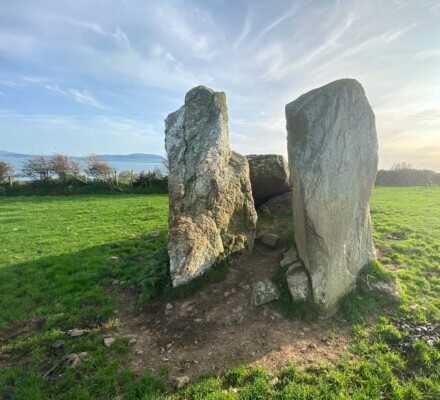Prehistoric rock art found on a centuries-old monument in North Sligo is adding to the county’s already rich heritage of prehistoric sites.
This news item and page contain affiliate links and I may earn compensation when you click on the links at no additional cost to you.
In 2020, local community archaeologist Tamlyn McHugh, while recording a video for the Sligo Community Archaeology Project, spotted the rock art on the Cloghcor Portal Tomb.
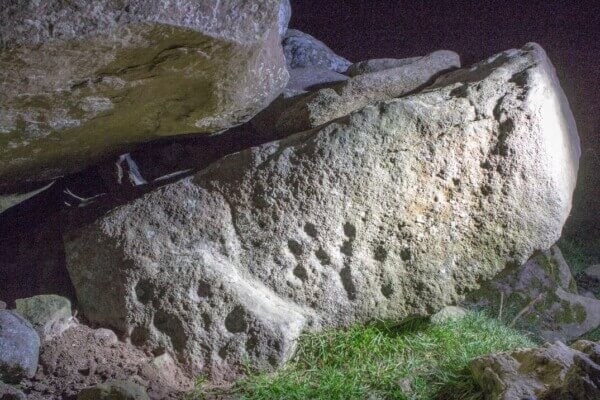
The Neolithic-age monument is situated on the summit of a drumlin not far from the North Sligo coast.
From the site, which is located on private land, one can see Queen Maeve’s cairn on Knocknarea and Drumcliffe Bay to the south as well as Benbulben to the east.
When McHugh returned after dark to the site along with her husband and photographer Ciaran McHugh, the rock art was much more visible under the glare of a torchlight.
The images he took show a series of cup marks incised onto the surface of the stone, with evidence of a rosette design.
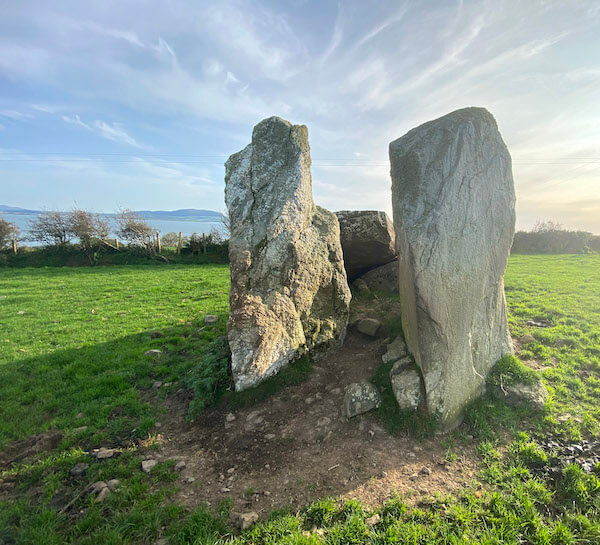
The discovery of rock art on this New Stone Age monument is rare, which makes this latest find so exciting to Irish archaeologists, who also believe that the portal tomb may have been used as a sundial.
Rock art can be found on monuments around Ireland, including in Counties Carlow, Donegal, Fermanagh, Louth, and Monaghan.
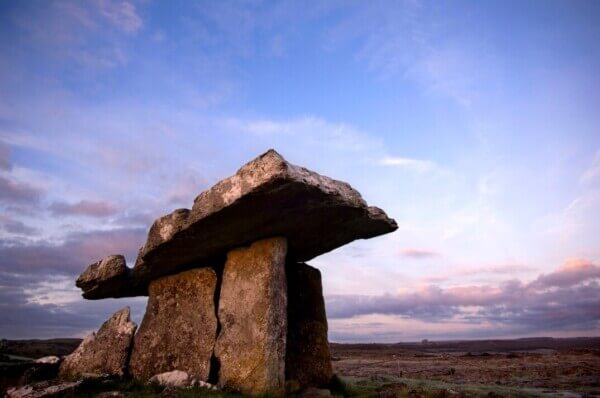
Portal tombs are also known as dolmens and one of a series of ancient monuments that are evident across the country. The oldest one in Ireland is the well-known Poulnabrone Portal Tomb in Co. Clare.
The others include passage tombs, court tombs, and wedge tombs.
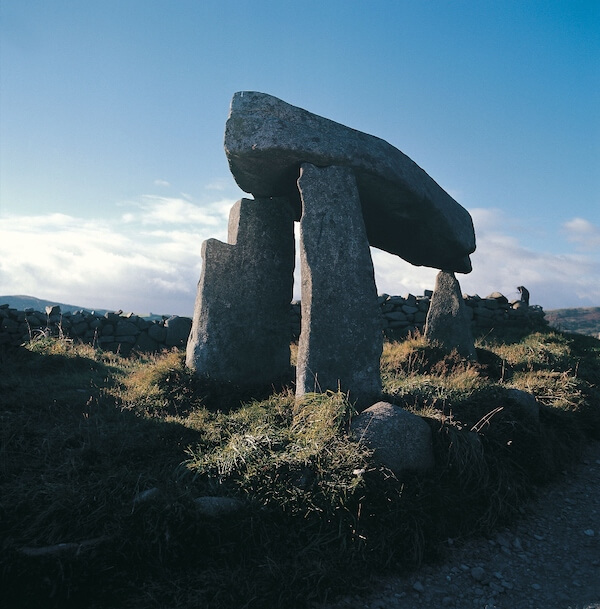
All speak to an ancient culture that used the sites as burial grounds for their dead.
This particular portal tomb in County Sligo consists of two massive portal stones, each about 3 meters (9 feet) high.
The capstone that used to be on top of it is now lying on its side on the ground beside them.
No doubt the monument, when fully together, must have been a striking sight.
County Sligo’s Other Prehistoric Monuments
The county’s other rich archaeological sites include the Carrowmore Megalithic Site, which contains the oldest collection of stone circles and dolmens in Ireland, as well as another example of rock art.
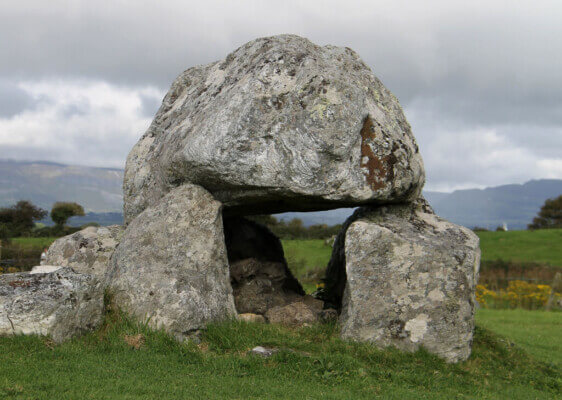
The Carrowkeel Burial Chambers contains about 22 cairns dated from 3,800 B.C., and the Creevy Keel Court Tomb is one of the best examples of a court tomb in Ireland, dating to about 4,000 B.C.
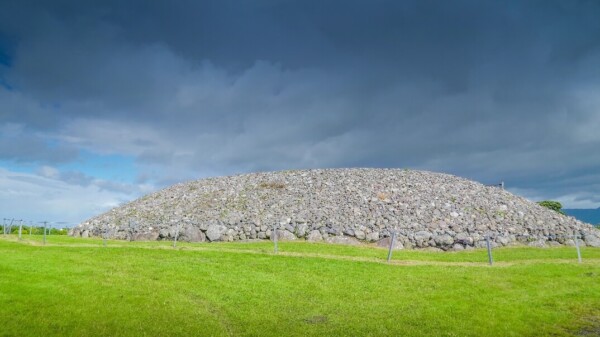
Knocknarea is possibly the most well-known of all the historic monuments in Co. Sligo and is the supposed burial site of Queen Maeve of Connacht.
You can get to the top of Knocknarea by taking the Queen Maeve trail.
More information on all of them can be found on this website.

